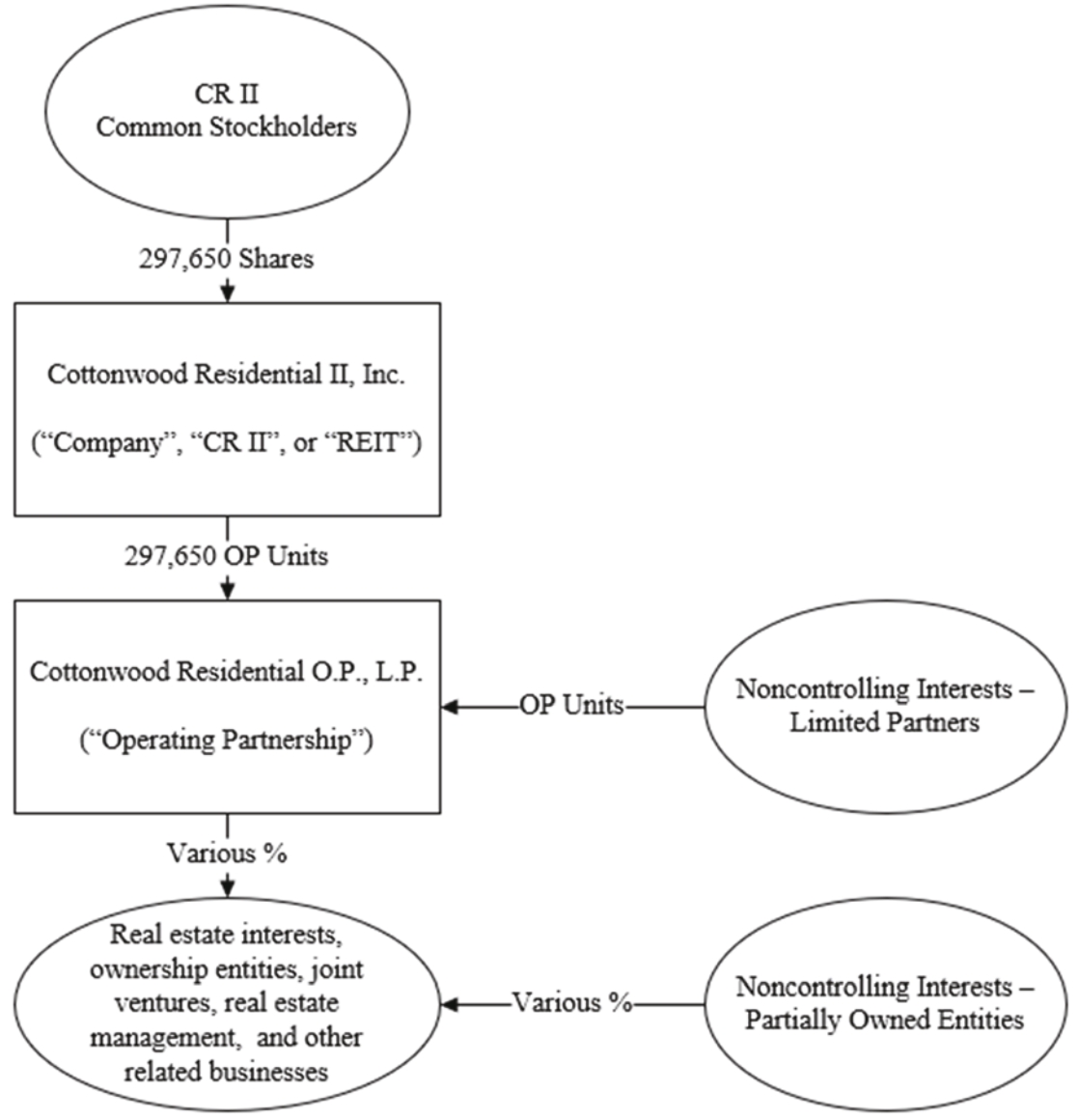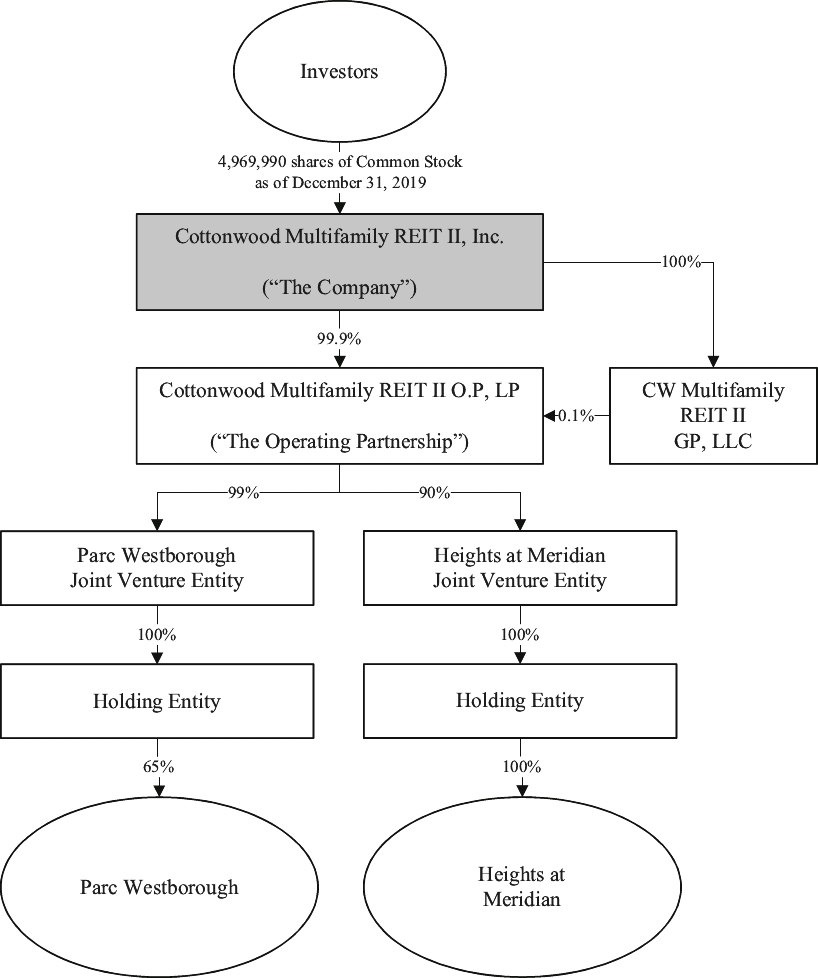“CROP Special LTIP Unit” means “Special LTIP Unit” as defined in the CROP OP Agreement.
“Environmental Law” means any Law (including common law) relating to the investigation, pollution (or cleanup or other remediation thereof), restoration or protection of the natural resources, endangered or threatened species, or environment (including ambient air, soil, surface water, groundwater, land surface or subsurface land), or human health or safety (as such matters relate to Hazardous Substances), including Laws relating to (i) the use, handling, presence, transportation, treatment, generation, processing, recycling, remediation, storage, disposal, release or discharge of Hazardous Substances and (ii) any noise, odor, indoor air, employee exposure, wetlands, pollution, contamination or any injury or threat of injury to persons or property relating to any Hazardous Substance.
“Environmental Permit” means any permit, approval, license, exemption, action, consent or other authorization issued, granted, given, authorized by or required under any applicable Environmental Law.
“ERISA” means the Employee Retirement Income Security Act of 1974.
“ERISA Affiliate” means, with respect to an entity (the “Referenced Entity”), any other entity, which, together with the Referenced Entity, would be treated as a single employer under Code Section 414 or ERISA Section 4001.
“Exchange Act” means the U.S. Securities Exchange Act of 1934.
“Exchange Ratio” or “Exchange Ratios” mean the Common Exchange Ratio, the Preferred Exchange Ratio and/or the Partnership Exchange Ratio, as the case may be.
“Excluded Shares” means all shares of capital stock of CRII held, as of immediately prior to the Merger Effective Time, by CCI, any wholly owned subsidiary of CCI or by any wholly owned subsidiary of CRII.
“Expenses” means all reasonable and documented out-of-pocket expenses (including all fees and expenses of counsel, accountants, investment bankers, experts and consultants) incurred by a CCI Party or on its behalf in connection with or related to the authorization, preparation, negotiation, execution and performance of this Agreement and the other agreements and documents contemplated hereby, the preparation, printing and filing of the Form S-4 and all SEC and other regulatory filing fees incurred in connection with the Form S-4, obtaining any third party consents, making any other filings with the SEC and all other matters related to the closing of the Mergers and the other transactions contemplated by this Agreement.
“Fundamental Representations” means the representations and warranties contained in Section 4.1 (Organization and Qualification; Subsidiaries); Section 4.2 (Authority; Approval Required); Section 4.3(a)(i) (No Conflict; Required Filings and Consents); Section 4.4(a)-(b) (Capital Structure); Section 4.5(d) (Investment Company Act); Section 4.13(b) (Taxes); Section 5.1 (Organization and Qualification; Subsidiaries); Section 5.2 (Authority); Section 5.3(a)(i) (No Conflict; Required Filings and Consents); Section 5.4(a)-(b) (Capital Structure); Section 5.5(h) (Investment Company Act); and Section 5.13(b) (Taxes).
“GAAP” means United States generally accepted accounting principles.
“Governmental Authority” means the United States (federal, state or local) government or any foreign government, or any other governmental or quasi-governmental regulatory, judicial or administrative authority, instrumentality, board, bureau, agency, commission, body, department, self-regulatory organization, arbitration panel or similar entity or subdivision thereof.
“Hazardous Substances” means (i) those materials, substances, chemicals, wastes, products, compounds, solid, liquid, gas, minerals in each case, whether naturally occurred or man-made, that are listed, designated, classified or regulated as hazardous or toxic under any Environmental Law; (ii) petroleum and petroleum-derived products, including crude oil and any fractions thereof, and lead-containing paint or plumbing; and (iii) polychlorinated biphenyls, urea formaldehyde foam insulation, methane, asbestos in any form, radioactive materials or wastes and radon.
“Indebtedness” means, with respect to any Person and without duplication, (i) the principal of and premium (if any) of all indebtedness, notes payable, accrued interest payable or other obligations for borrowed money, whether secured or unsecured, (ii) all obligations under conditional sale or other title retention agreements, or incurred as financing, in either case with respect to property acquired by such Person, (iii) all obligations issued, undertaken or assumed as the deferred purchase price for any property or assets, (iv) all obligations under capital leases, (v) all obligations in respect of bankers acceptances or letters of credit, (vi) net cash payment obligations under interest rate






